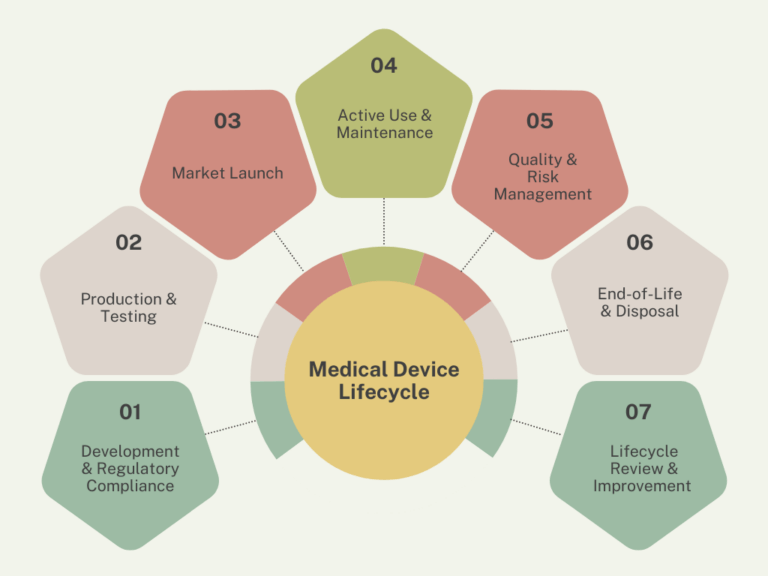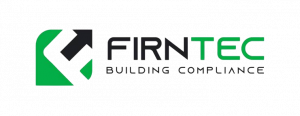Medical Device Lifecycle Management
Medical device lifecycle management (MDLM) encompasses a comprehensive approach to overseeing the entire lifespan of medical devices, from conception to retirement. Effective management throughout this lifecycle is critical for ensuring regulatory compliance, optimizing maintenance, and maximizing the performance of medical devices.
In today’s complex healthcare landscape, organizations must adopt robust medical device management strategies to address the challenges of regulatory compliance and asset management. By integrating quality management practices and proactive maintenance schedules, healthcare providers can significantly improve patient safety and operational efficiency.
How Medical Device Lifecycle Management Works
- Planning and Development
- The lifecycle begins with thorough planning and design, ensuring that all regulatory requirements are addressed early in the process.
- Regulatory Compliance
- Adhering to medical device regulatory compliance is essential at every stage, ensuring that all devices meet industry standards and safety requirements.
- Asset Management
- Implementing medical device asset management systems allows organizations to track devices throughout their lifecycle, from procurement to retirement.
- Maintenance Management
- Regular medical device maintenance is crucial for prolonging the lifespan and ensuring optimal functionality of devices.
- Recall Management
- An effective medical device recall management plan is essential for addressing safety concerns promptly and efficiently, minimizing risks to patients.
- Retirement and Disposal
- Planning for medical device retirement involves assessing the device’s performance and deciding the appropriate disposal methods to comply with environmental regulations.
Relevance to Healthcare
Medical device lifecycle management is integral to the healthcare industry for several key reasons:
- Patient Safety: Proper management throughout the device lifecycle ensures that equipment is safe and effective for patient use, reducing the risk of adverse events.
- Regulatory Adherence: Compliance with regulations is critical, and a robust MDLM approach helps organizations maintain necessary documentation and processes.
- Cost Efficiency: Effective lifecycle management can reduce operational costs by optimizing maintenance and minimizing device failures and recalls.
- Quality Assurance: Ongoing quality management throughout the lifecycle helps ensure that devices meet performance standards and continue to deliver reliable results.

Key Benefits of Medical Device Lifecycle Management
- Improved Regulatory Compliance: Streamlined processes ensure adherence to medical device regulations throughout the lifecycle.
- Enhanced Device Reliability: Regular maintenance and proactive management contribute to higher device performance and reliability.
- Cost Savings: Effective lifecycle management reduces unexpected repair costs and device replacements.
- Optimized Asset Utilization: Comprehensive asset management maximizes the utilization of medical devices within healthcare facilities.
- Effective Recall Management: A structured recall process ensures rapid response to any safety issues, protecting patients and the organization.
Top 10 Statistics for Medical Device Lifecycle Management
- 78% of healthcare organizations report improved regulatory compliance due to effective medical device lifecycle management.
- Organizations that implement lifecycle management practices can reduce their overall device maintenance costs by 30%.
- Up to 60% of medical device recalls can be avoided with proactive lifecycle management strategies.
- 93% of hospitals utilize some form of medical device asset management software to enhance lifecycle oversight.
- Implementing quality management systems in MDLM can improve patient outcomes by 20%.
- 85% of organizations that adopt effective maintenance practices report a decrease in equipment-related incidents.
- Medical device maintenance can extend equipment lifespan by an average of 40% when managed properly.
- 73% of healthcare providers believe that effective lifecycle management enhances their ability to respond to regulatory changes.
- Proper planning and retirement strategies can reduce device disposal costs by 25%.
- Effective recall management processes can reduce the average recall response time by 50%.
Medical device lifecycle management is vital for optimizing device performance and ensuring compliance within the healthcare sector. By implementing comprehensive strategies that encompass quality management, maintenance, and regulatory adherence, healthcare providers can enhance patient safety and operational efficiency, ultimately improving the quality of care delivered.
Our trusted customers











